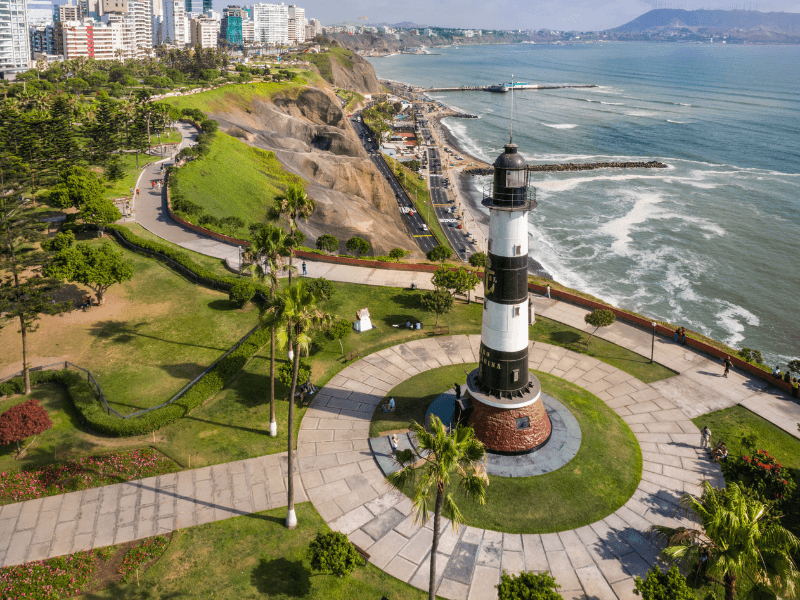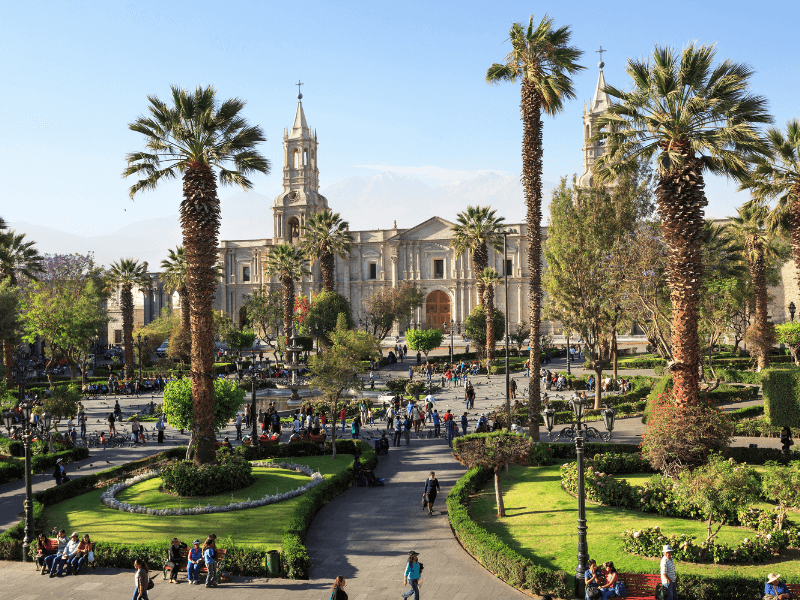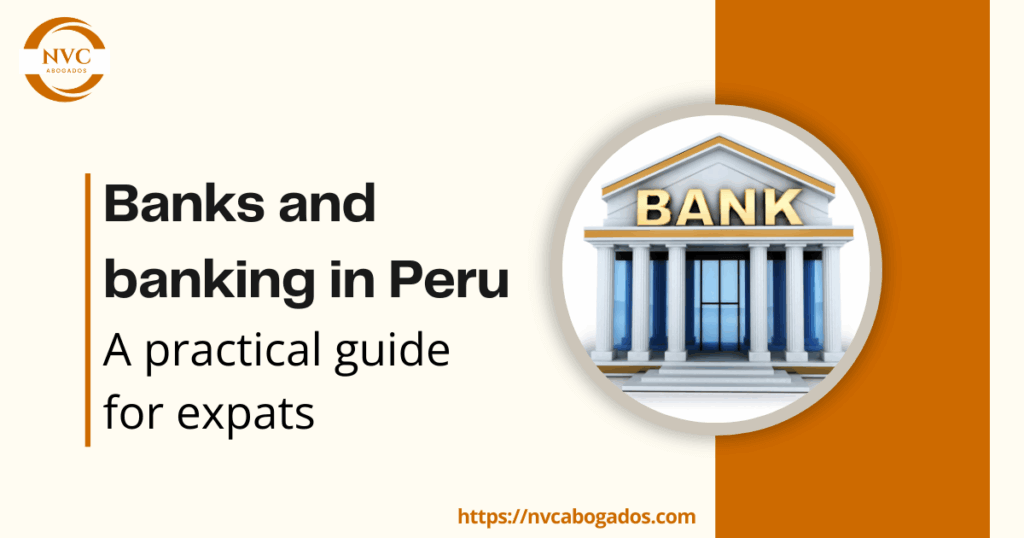
Peru is becoming an increasingly popular destination for international retirees. With its affordable cost of living, high-quality healthcare, rich culture, and welcoming climate, Peru offers many advantages to those looking to spend their retirement years abroad.
This guide provides an overview of what you need to know if you’re considering retiring in Peru — including visa options, practical considerations, and how we can support you during the relocation process.
Why retire in Peru?
Peru offers a high quality of life at a fraction of the cost compared to North America or Europe. Whether you’re drawn to the vibrant culture of Lima, the relaxed coastal towns, or the beauty of the Andes, there are options to suit every lifestyle and budget.
Key advantages include:
Affordable healthcare, especially with private insurance
Low living costs compared to most Western countries
Mild climate in many regions
Access to fresh food and local markets
Warm and friendly people
Opportunities to travel throughout South America
Visa Options for retiring in Peru
The main option for retirees is the Rentista Visa, which is designed for individuals with a permanent passive income from abroad.
To qualify, you must:
Prove a lifelong monthly income of at least USD 1,000
Receive the income via international transfer into a Peruvian bank account
Have clean criminal and immigration records
Not engage in paid work in Peru
Unlike in many countries, there is no minimum age requirement for the Rentista Visa. The key is the stable, passive income — commonly from pensions, annuities, or investments.
Health Care for retirees in Peru
Peru offers both public and private healthcare systems. Many expats choose private health insurance to access top-tier clinics, faster appointments, and English-speaking professionals.
The cost of private insurance is significantly lower than in North America, and services are generally of high quality in major cities like Lima, Arequipa, and Cusco.
Language Skills
In the beginning, you don’t need to speak Spanish as we will guide you through the whole application process. However, if you plan to live in Peru permanently and don’t want to spend all your time in an expat bubble, you should learn the language. There are language schools in all bigger cities like Lima, Cusco or Arequipa or you can learn online using a platform like italki.com, for example. Peruvians speak a pretty clear and easy-to-understand Spanish and the languages is one of the easiest to learn for English native speakers.
How to choose where to live as a retiree
Peru is a big country with three different regions:
- The coastal region with its desert climate and a tropical north with rainy and dry seasons. Most Peruvians live in cities along the coast. About one third of the population lives in the capital Lima.
- The Andean region with its beautiful mountains, high altitudes, a humid summer and a dry winter.
- About two thirds of Peru’s territory are covered by rain forests but only 10% of the population live here.
If you prefer to live in a modern environment, you will probably decide to stay at the coast, preferably close to Lima.
If you’re more into nature and beautiful sceneries, a place in the Andes will fit your requirements best.
And if you’re looking for warm temperatures at all times, then a jungle city might be your best choice.
As the holder of a Peruvian rentista visa, you can certainly move freely inside the country.
Access to good and reliable health care may influence your decision. Living in a remote jungle or mountain village might not be the best idea if you regularly need to see a doctor and have pre-existing health issues.
For some people, it’s also important that there is an expat community. They like to make friends with other people from their home country.
Another important matter is cost of living. The USD 1,000/month that are required to get your visa will allow you to live anywhere in Peru but especially in Lima, it’s not sufficient to live comfortably in one of the nicer (and safer) neighbourhoods.
The 5 best cities for retirement in Peru
Lima
Lima is Peru’s capital with a population of more than 10,000,000 people. It’s situated beautifully at the Pacific ocean. Lima has the reputation of being Latin America’s food capital and is home of some of the world’s best restaurants. The city has a thriving community of expats with many of them living in the neighbourhoods of Barranco, Miraflores or San Isidro.

Cusco and the Sacred Valley
While Cusco is located at an elevation level of about 3400 meters (app. 11,100 feet), the majority of the places in the Sacred Valley are situated at under 3,000 meters or 10,000 feet which not only makes it easier to supply your body with enough oxygen but also comes with warmer weather. Expats from all over the world live in Cusco and the surrounding villages. However, you’ll also find traditional Peruvian culture. The further away you are from Cusco, the less likely it becomes that people speak English and you will also meet a lot of native Quechua speakers.

Arequipa
Arequipa is another Andean city, situated in the south of Peru and with an elevation level of just 2,335 meters (7,660 feet). With its huge white cathedral and a beautiful plaza de armas (main square), it’s one of Peru’s most charming cities and the second largest with about 1,000,000 inhabitants. The city skyline is dominated by three volcanoes. Arequipa has a mild climate with little changes of temperature over the course of the year but the temperature drops significantly at night. Arequipa also has the highest levels of solar radiation in Peru so make sure to use sunscreen.

Máncora and surroundings
If you rather spend your time on the beach, Máncora and its surroundings could be your perfect retirement place. All cities and villages north of Máncora have warm and tropical weather all year round.

Tarapoto
Tarapoto is another city for people who prefer warm weather. The city is situated in the low jungle, about 1,000 km north of Lima. There are several waterfalls and lagoons near the city. Tarapoto is becoming increasingly popular among expats.

How we can help
At NVC Abogados, we provide comprehensive legal assistance for retirees moving to Peru. Our services include:
Visa application and supporting documents
Coordination with banks for account opening
Assistance with private insurance
Tax guidance
Real estate support
We offer personalized consultation services in English and work with clients from the US, Europe, and beyond.

Need help choosing the right visa for Peru?
Immigration rules in Peru can be confusing – especially when it comes to the required documents, timelines, and legal steps. Choosing the right visa from the start can save you time, money, and stress.
Book your private consultation with Sergio Vargas to get expert guidance on the best visa option for your situation – and a clear plan to move forward.
The session takes place via Zoom and can be conducted in English or Spanish.
Don’t miss out on important updates!
Subscribe to our Substack newsletter and get the latest articles on immigration, taxes, and real estate in Peru delivered straight to your inbox.




There is one elephant in the room regarding the retirement visa. Proof that the pension money is entering Peru through a Peruvian bank is required. But I cannot open a bank account in Peru until I already have my retirement visa (or my carné de extranjería). In other words this requirement for obtaining à retirement visa is per se impossible to fulfill.
Thanks for your comment, Jack. It is part of our services to help our clients open a bank account BEFORE they get their residence permit.